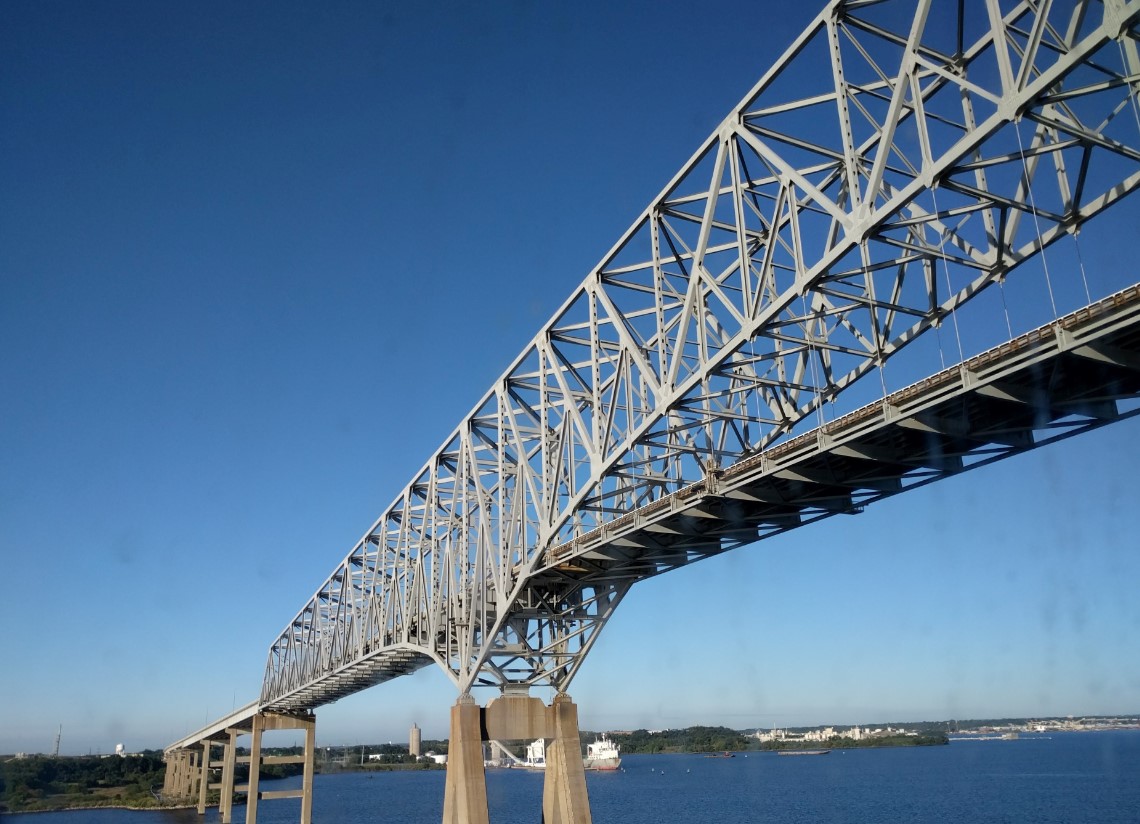In the wake of the recent collapse of the Francis Scott Key Bridge in Baltimore, experts are sounding the alarm about other vulnerable bridges across the United States. These critical structures, while essential for transportation, harbor hidden weaknesses that could lead to catastrophic failures. Let’s delve into the precarious state of these bridges and explore the risks they pose.
The Key Bridge Incident: A Wake-Up Call
Fewer than ten bridges in the U.S. share the clearance of the ill-fated Francis Scott Key Bridge, a 1,200-foot span that met its tragic end after a colossal containership collided with one of its vertical supports. The impact didn’t target the crucial steel components directly; instead, it struck a concrete pier, causing the entire structure to cascade into the waters below. The National Transportation Safety Board (NTSB) has raised concerns about the vulnerability of these bridges, where the failure of even a single steel component under tension could spell disaster.
The Achilles’ Heel of Fracture-Critical Bridges
Bridges like the one in Baltimore fall into the category of “fracture critical.” This classification means that if any part of the bridge collapses, the entire structure follows suit. Shockingly, there are over 16,800 such spans in the U.S., according to the Federal Highway Administration. Unlike newer bridges with structural redundancies, these aging spans lack the safety nets that could prevent catastrophic failure.

The Risk Factors
1. Aging Infrastructure
Many of these bridges were constructed decades ago, and their materials have weathered years of use and exposure. Rust, corrosion, and fatigue weaken critical components, leaving them susceptible to sudden failure.
2. Unforeseen Impact
While engineers design bridges to withstand typical loads, they rarely account for extraordinary events. A direct blow from a massive ship, as witnessed in Baltimore, can overwhelm even robust structures.
3. Concrete Piers: Vulnerable Points
Concrete piers, like the one that crumbled in the Key Bridge incident, play a pivotal role in supporting the span. Their integrity is crucial, yet they remain vulnerable to collisions or other unforeseen events.
4. Maintenance Challenges
Regular inspections and maintenance are essential to bridge safety. However, budget constraints and deferred maintenance can compromise the stability of these structures.
5. Climate Change and Extreme Weather
Rising sea levels, intense storms, and extreme temperatures stress bridges. As climate change accelerates, these factors pose additional risks.
The Urgent Call for Action
As we mourn the loss of lives and infrastructure in Baltimore, we must address the vulnerabilities of our nation’s bridges. The NTSB’s warning serves as a wake-up call: we cannot afford to ignore the signs of impending disaster. It’s time to invest in modernizing our critical infrastructure, ensuring the safety of millions who rely on these bridges daily.
